Gerbera Daisy in Pots: Tips for Growing Beautiful Blooms
Gerbera daisies are one of the most popular flowers in the world. They are known for their bright, colorful blooms and ability to thrive in various growing conditions. One of the best ways to enjoy these beautiful flowers is by growing them in pots.
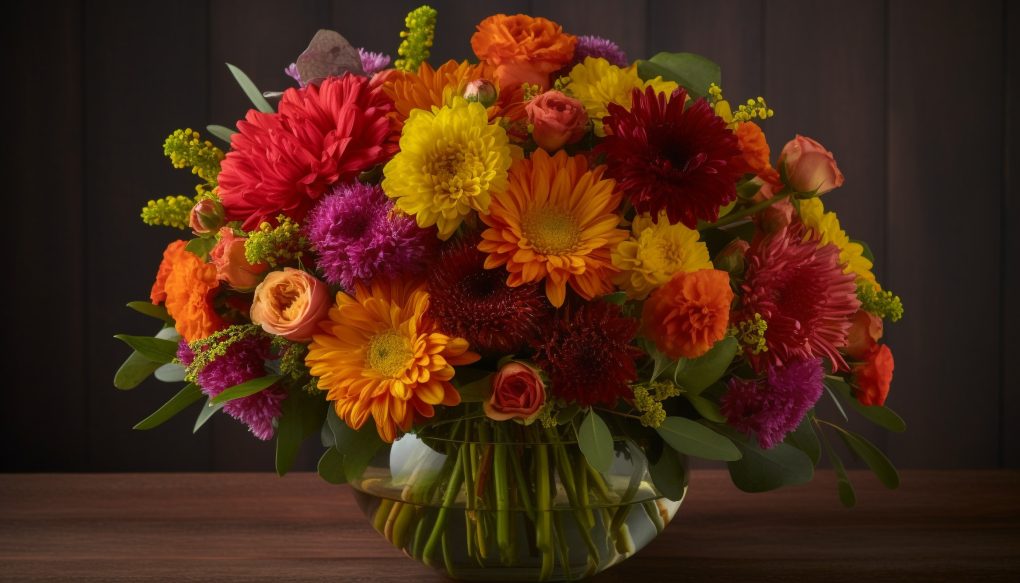
Growing gerbera daisies in pots is a great way to add color to your home or garden. Their care is relatively easy, and they are capable of growing either indoors or outdoors. Gerbera daisies require plenty of sunlight but don’t like hot temperatures, so it’s important to find the right location for your pots.
In areas with harsh winters, growing gerbera daisies in pots is a great way to protect them from the cold. You can move the pots indoors in winter and bring them back outside when the weather warms up. Your garden can be filled with beautiful gerbera daisies all year long with a little care and attention.
Table of Contents
Choosing the Right Pot for Gerbera Daisies
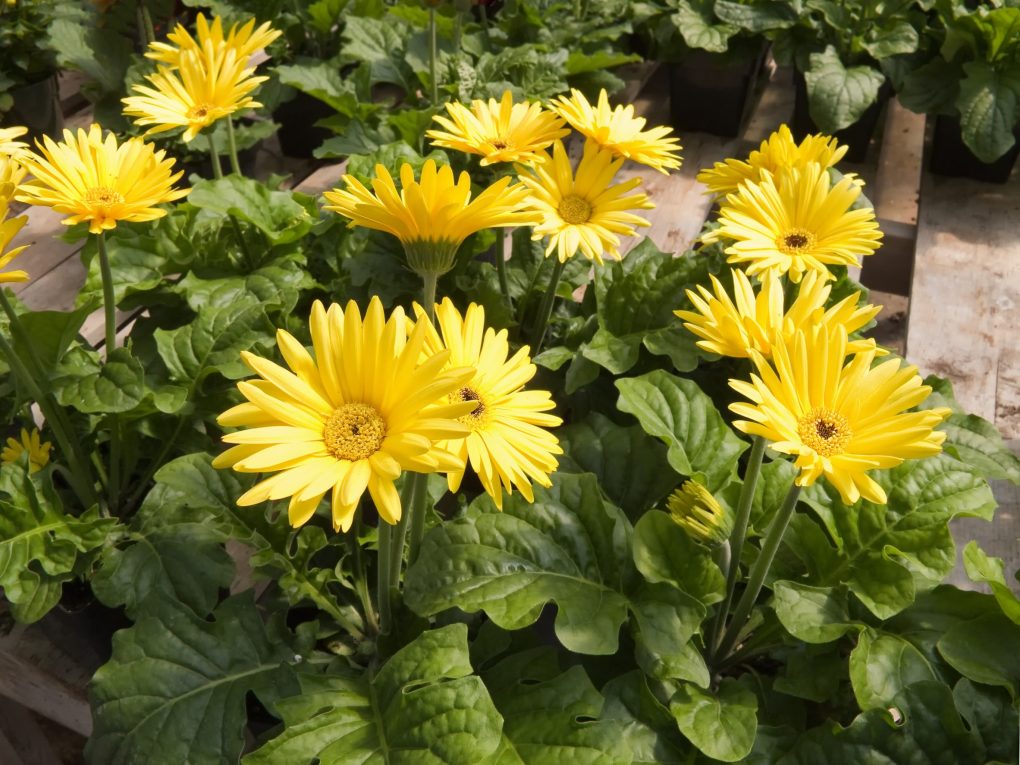
When growing Gerbera daisies in pots, choosing the right pot is crucial for their health and growth. Here are some important factors to consider:
Size of the Pot
The pot size you choose depends on the plant size and how long you plan to keep it in the same pot. For seed starts, a small starter plug or 6-inch pot is sufficient. As the plant grows, it should be moved into a larger pot to accommodate its roots. A good rule of thumb is to choose a pot that is 2-3 inches larger in diameter than the previous pot.
Type of Pot
Gerbera daisies can be grown in various pots, including clay, plastic, or ceramic. Each type of pot has its advantages and disadvantages. Clay pots are porous, allowing air and water to circulate freely, but they can also dry out quickly. Plastic pots retain moisture better but may not allow proper drainage. Ceramic pots are attractive and come in various colors and designs, but they can be heavy and may not be as durable as other types of pots.
Drainage Holes
Proper drainage is essential for the health of Gerbera daisies. The soil can become waterlogged without adequate drainage, causing the roots to rot. When choosing a pot, ensure it has drainage holes in the bottom. For pots without drainage holes, you can drill them yourself or place a layer of gravel or broken pottery in the bottom.
By considering these, you can choose the right pot for your Gerbera daisies and ensure their health and growth.
Preparing the Potting Mix
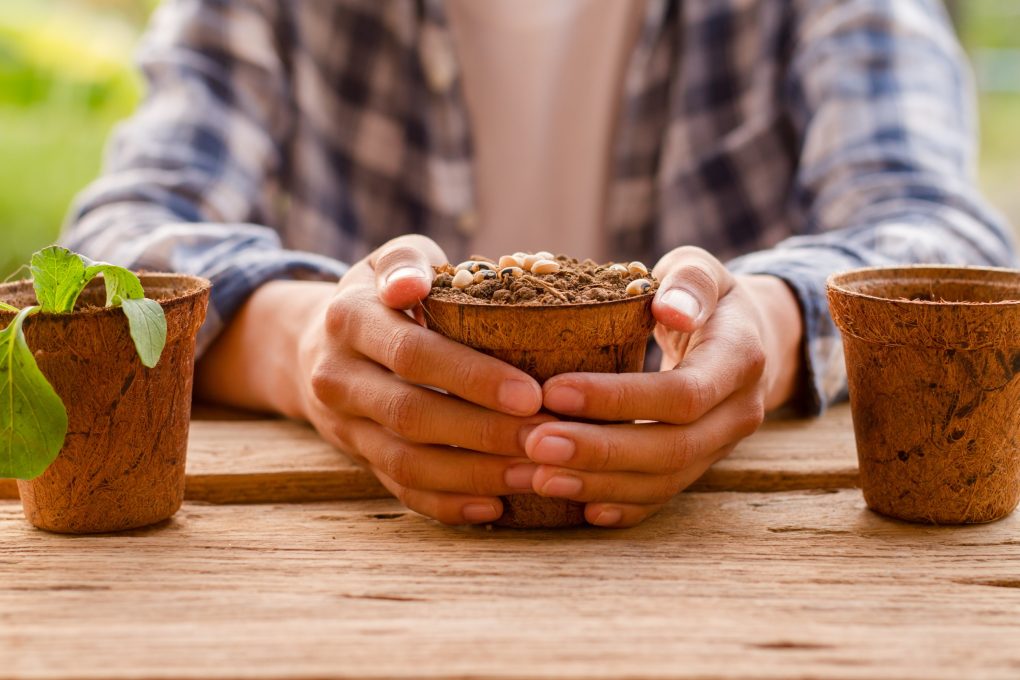
Before planting gerbera daisies in pots, preparing the right potting mix is important to ensure the plant grows healthy and strong. Here are the steps to follow:
Soil Mixture
The ideal soil mixture for pot gerbera daisies should be well-draining and nutrient-rich. A recommended mix is two parts peat moss, one part vermiculite, and one part perlite. This will provide the plant with the right moisture and air circulation balance.
It is important to note that gerbera daisies prefer slightly acidic soil with a pH level between 5.5 and 6.5, so a soil pH test kit can be used to check the pH level of the potting mix.
Fertilizer
Gerbera daisies require regular feeding to promote healthy growth and vibrant blooms. For example, a balanced fertilizer with a ratio of 10-10-10 or 20-20-20 can be used every two weeks during the growing season. Alternatively, a slow-release fertilizer can be added to the potting mix when planting.
It is important to avoid over-fertilizing gerbera daisies as this can lead to burnt roots and foliage. Always follow the manufacturer’s instructions when applying fertilizer.
Watering
Gerbera daisies in pots require consistent moisture to thrive. The potting mix should be kept evenly moist, but not waterlogged. Overwatering can lead to root rot and other fungal diseases.
It is recommended to water gerbera daisies in the morning to allow the foliage to dry before nightfall. In this way, fungal diseases can be prevented.
It is important to note that gerbera daisies are sensitive to the quality of water used for watering. For example, rainwater or distilled water should be used as tap water can contain high salts and minerals that can damage the plant over time.
Planting Gerbera Daisies in Pots
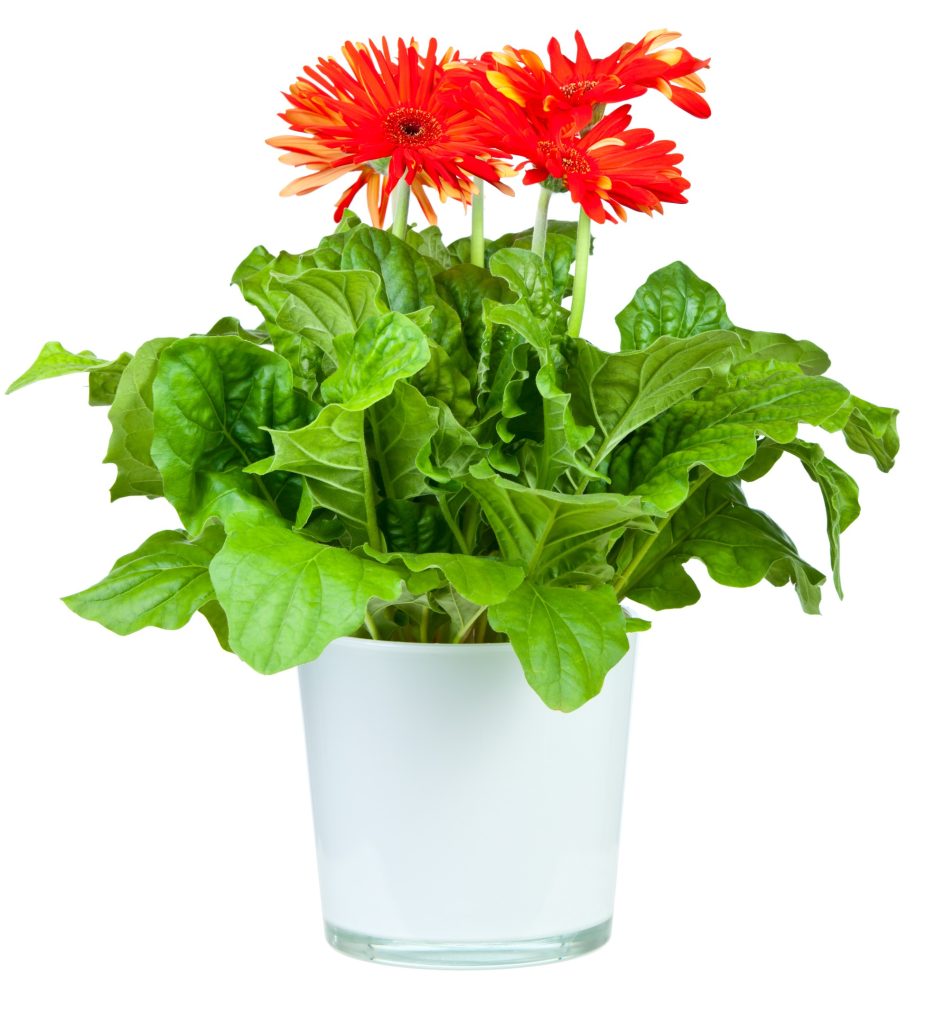
Gerbera daisies are popular for gardeners due to their bright and cheerful blooms. These plants can also be grown in pots, a great option for those with limited space or who want to keep their plants indoors. Here are some tips for planting gerbera daisies in pots:
Planting Depth
When planting gerbera daisies in pots, it is important to ensure that they are planted at the correct depth. The plant’s crown, where the stem meets the roots, should be level with the soil surface. If the crown is buried too deeply, it can lead to rot and other problems.
Spacing
Gerbera daisies should be spaced about 12-18 inches apart when planted in pots. This allows for adequate air circulation and reduces the risk of powdery mildew. If you plant multiple gerbera daisies in a single pot, give them enough room to grow and spread.
Mulching
Mulching can help to conserve moisture and suppress weeds around your gerbera daisies. Avoid covering the plant’s crown when mulching, as this can lead to rot. Instead, apply a layer of mulch around the base of the plant, leaving a small gap around the crown.
Overall, growing gerbera daisies in pots can be a great way to enjoy these beautiful plants, even if you don’t have a lot of space. By following these simple tips for planting and care, you can help ensure that your gerbera daisies thrive and produce gorgeous blooms all season long.
Caring for Gerbera Daisies in Pots
Watering
Gerbera daisies in pots need to be watered regularly, but not too much. To avoid killing the plant, make sure not to overwater it. Check the top inch of soil and only water when it feels dry. Overwatering can lead to root rot. When watering, water the soil directly, not the leaves or flowers. This will help prevent powdery mildew from forming on the plant.
Fertilizing
Gerbera daisies in pots must be fertilized regularly to promote healthy growth and blooming. To keep your plant healthy, use a fertilizer that has equal amounts of nitrogen, phosphorus, and potassium. During the growing season, apply the fertilizer every two weeks. Make sure to carefully read and follow the instructions on the fertilizer package to avoid over-fertilizing and harming the plant.
Deadheading
Deadheading is the process of removing spent flowers from the plant. This helps to promote new growth and blooming. To deadhead a gerbera daisy, simply pinch off the flower stem just above the base of the plant. Remove any dead or yellowing leaves, which can attract pests and diseases.
Following these care tips, you can keep your gerbera daisies in pots healthy and blooming all season long.
Common Problems and Solutions
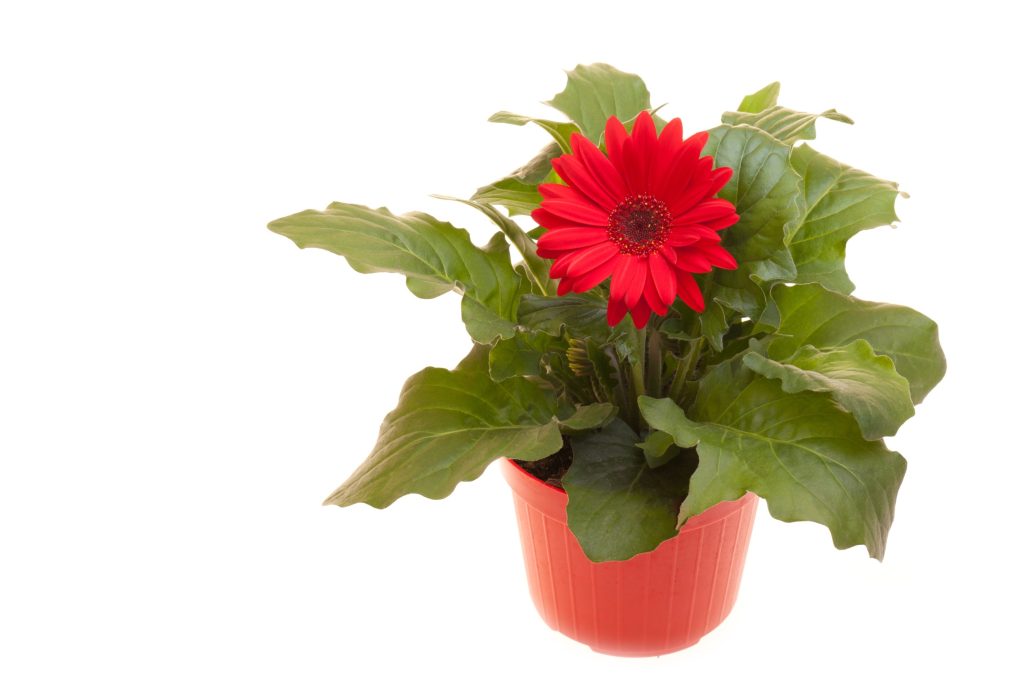
Pests and Diseases
Gerbera daisies in pots are susceptible to a variety of pests and diseases. Some common pests that can infest gerbera daisies include spider mites, aphids, and whiteflies. These pests can cause damage to the leaves and flowers, and can also spread diseases. It is important to keep the plants healthy and well-watered to prevent infestations. If pests are present, they can be treated with insecticidal soap or neem oil.
Gerbera daisies can also be affected by powdery mildew, root rot, and crown rot. Fungal diseases like powdery mildew cause white powdery coatings on foliage and flowers. To prevent powdery mildew, it is important to keep the plants well-ventilated and to avoid getting water on the leaves and flowers. Overwatering and poorly-drained soil cause root rot and crown rot, respectively. To prevent these diseases, it is important to use well-draining soil and to water the plants only when the top inch of soil is dry.
Wilting and Yellowing Leaves
Wilting and yellowing leaves are common problems with gerbera daisies in pots. These problems are often caused by overwatering or underwatering. To prevent wilting and yellowing leaves, it is important to water the plants consistently and to avoid letting the soil dry out completely. If the leaves are yellowing, it may be a sign of nutrient deficiency. To correct this, it is important to fertilize the plants regularly with a balanced fertilizer.
Gerbera daisies are also affected by environmental factors such as temperature and humidity. They prefer temperatures between 60 and 75 degrees Fahrenheit; high humidity can cause the leaves to wilt. To prevent these problems, it is important to keep the plants in a well-ventilated area and to avoid exposing them to extreme temperatures or humidity.
Root Rot
Root rot is a common problem with gerbera daisies in pots. It is caused by overwatering and poorly-draining soil. To prevent root rot, it is important to use well-draining soil and to water the plants only when the top inch of soil is dry. If root rot is present, it can be treated by removing the affected plant and replanting it in fresh soil.
Another way to prevent root rot is to avoid overcrowding the plants in the pot. For example, Gerbera daisies should be planted in a pot at least 12 inches in diameter to allow for adequate root growth. If the plants become overcrowded, they may not have enough room to grow and may become more susceptible to root rot.
